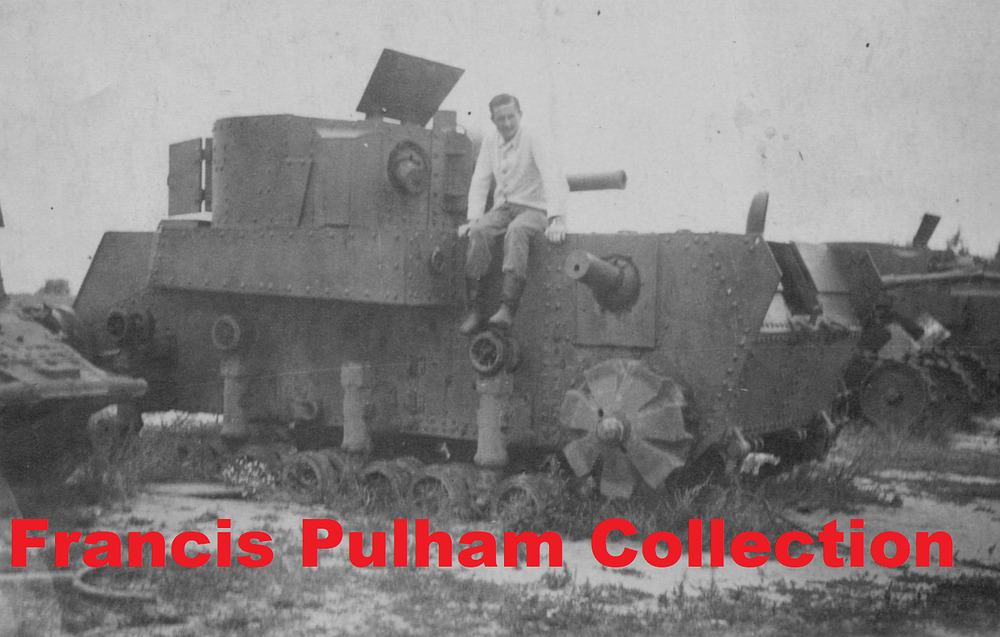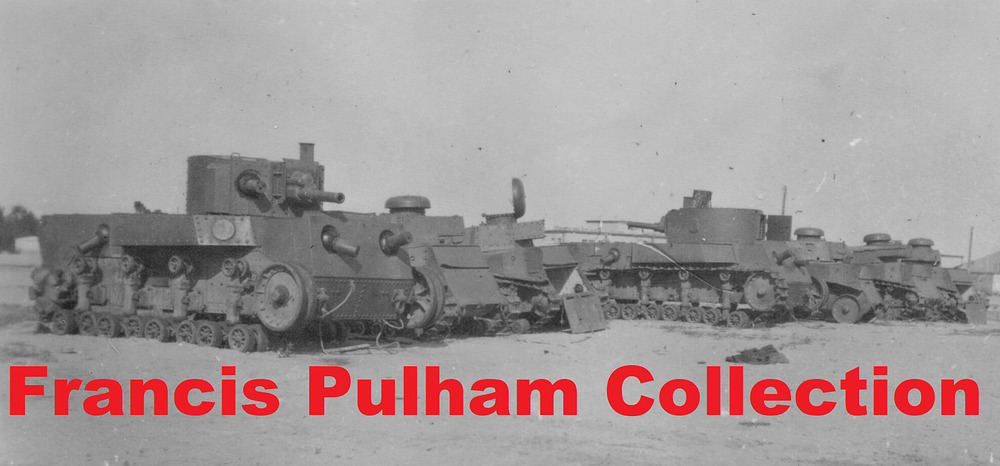- Yes
- No
T-24 Kharkiv’s first tank


History:
In 1928, a tank design bureau was established at the Kharkov Locomotive Factory (KhPZ) in Kharkiv, Soviet Ukraine. The inaugural tank project undertaken by the factory was named the T-12 (or T-1-12). This model, an enlarged iteration of the T-18 and featuring a more robust engine (the T-18 being based on the Renault FT-17), resulted in the construction of a single prototype. While authorization for the production of thirty tanks was granted in 1930, the underwhelming automotive performance led to a decision for further refinement.
This initiative was rebranded as the T-24, with dedicated efforts directed towards rectifying issues with the transmission and fuel system. Additionally, a larger turret was conceptualized. Initial trials were conducted, yielding satisfactory results despite an engine fire in the prototype and necessitating the transfer of the turret to a T-12 prototype for extended testing. A total of twenty-four T-24 units were assembled in 1931. Originally equipped solely with machine guns, the following year saw the installation of 45 mm guns.
Regrettably, the T-24 proved to be unreliable and was consequently utilized exclusively for training and parades. Despite its shortcomings, this tank project afforded the KhPZ invaluable experience in tank design and production, which would be harnessed with great success in the subsequent adoption and production of the U.S. Christie tank as the BT tank series, commencing in 1931.
Specifications:
- Dimensions (L-W-H): 6.5 x 3 x 2.81 m
(21.33 x 9.84 x 9.2 ft) - Total weight, battle ready: 18.5 tonnes
- Crew size: 4 (driver, commander, gunner, loader)
- Propulsion: 250 hp M-6
- Speed (road): 25 km/h (16 mph)
- Range: 140 km (87 miles)
- Armament: Model 32 45 mm (1.77 in) gun
4x DT 7.62 mm (0.3 in) machine-guns
Armor: 8-20 mm (0.31-0.79 in)
Total production: 25








